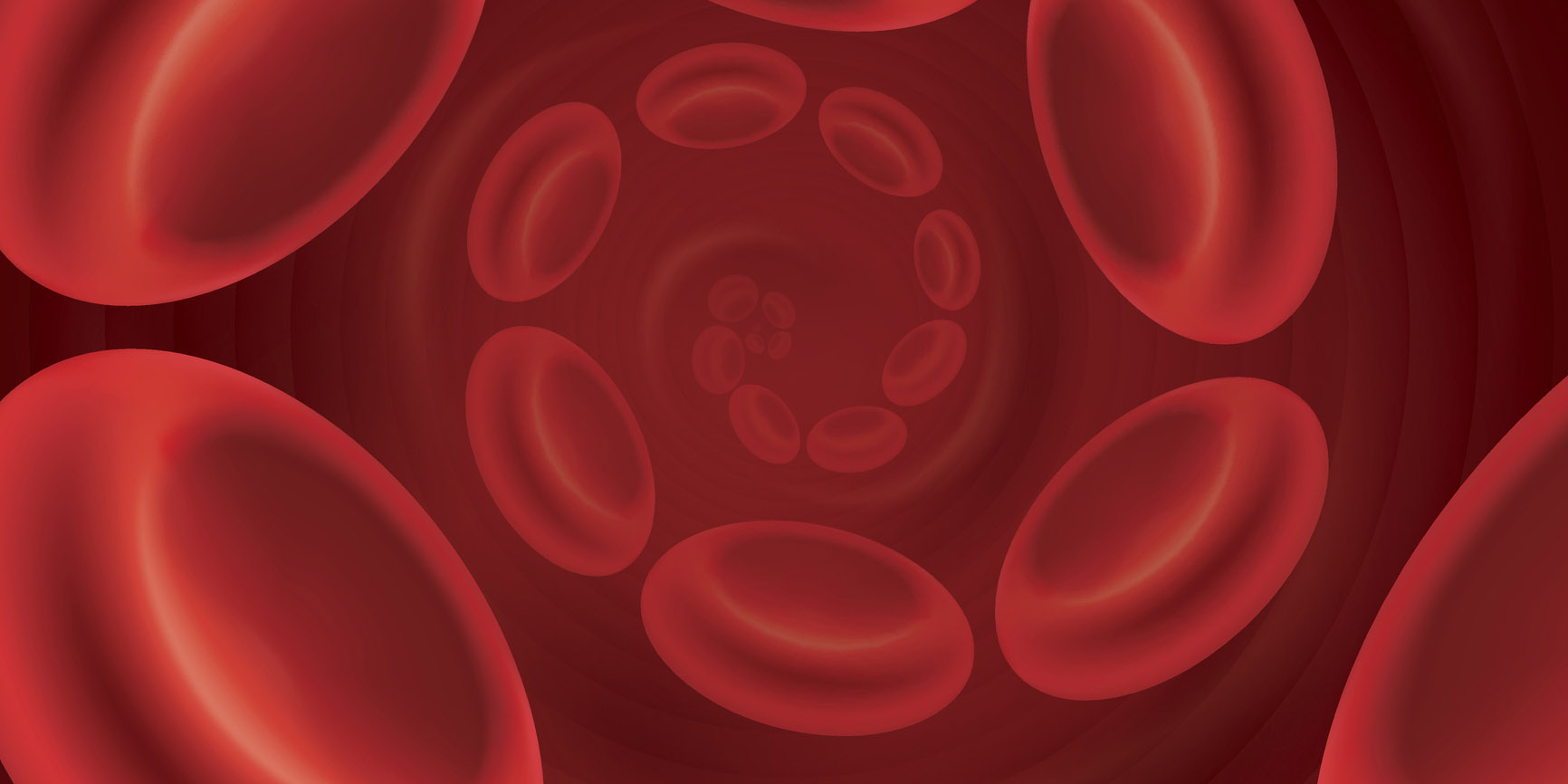Patients with gout have a 25% increased risk of VTE, a UK study shows
Rheumatoid arthritis and systemic lupus erythematosus come with a five-fold increased risk of venous thromboembolism, but the risk for gout patients has never been properly established.
A large, retrospective study in the UK has now put a number on it; patients with gout have a 25% increased risk of VTE, the study’s authors say.
The study, published in the Canadian Medical Association Journal in June, included around 62,000 patients with gout and an equal number of controls matched by age and gender.
It found that patients with gout were slightly more likely to develop VTE than the control group, an effect that persisted up to 10 years after diagnosis.
The absolute risk of VTE increased with age, as expected, but younger patients with gout had the highest relative risk compared with their peers. (Patients with gout under the age of 50 had almost an 80% increased risk of VTE compared with the control group of the same age.)
Being stuck in a hospital bed is a known risk factor for VTE and, theoretically, hospital admissions could explain the higher VTE risk in gout patients.
However, in this study, the gout and control group developed VTE at the same rate while in hospital.
It was only during the out-of-hospital period that VTE risk spiked among patients with gout.
This suggested that hospital stays probably weren’t driving the higher VTE rates in patients with gout, the authors said.
The study also examined whether taking the urate-lowering therapy allopurinol reduced the risk of VTE in patients with gout.
It didn’t – probably, as the authors explained, because “in the UK allopurinol is often prescribed at a low dose by primary care practitioners and most patients do not reach target serum uric acid levels”.
The risk of VTE is much lower in gout than in other rheumatic conditions.
“This may reflect the fluctuant nature of inflammation in gout with intense acute inflammation during flares and lower-grade inflammation in the intercritical period between flares, or a differing cause from autoimmune disorders,” the authors said.


